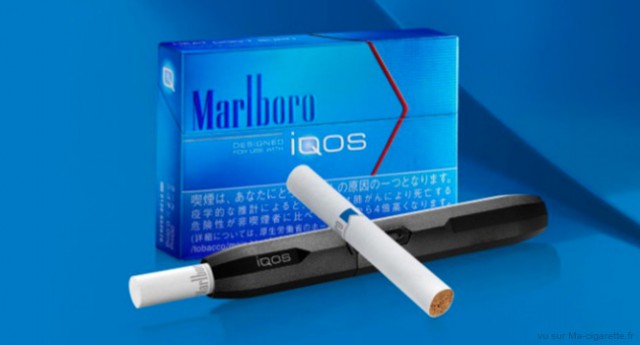Last week, Public Health England (PHE) published a groundbreaking report about the role smoke-free products can play in helping smokers to give up cigarettes. Much of the media coverage focused on PHE’s proposal that hospitals should start selling e-cigarettes and smoking shelters be replaced by vaping areas. But one element of the report that did not attract the headlines—but may be the most significant in the longer term—was about heated tobacco.
After a review of products such as Philip Morris International’s iQOS, our innovative electronic device that heats rather than burns tobacco and generates a vapor instead of smoke, the PHE report concluded that available evidence on heated-tobacco products suggests that they “may be considerably less harmful than tobacco cigarettes.” This is a significant development and is another demonstration of the progressive approach that PHE takes toward tobacco harm reduction.
The PHE report is merely the most recent example of how the debate about tobacco harm reduction has moved on. In the past, anti-smoking campaigns offered a stark choice: quit or die. Now, in the U.K. at least, it is recognized that simply telling people not to smoke is not enough. For the 8 million smokers in the U.K., providing smoke-free alternatives for them to switch to can play a key role in helping smokers to successfully give up cigarettes.
While quitting remains the best option for smokers, fortunately, technology now provides potentially less harmful solutions for those who either struggle to quit or don’t quit. The success of e-cigarettes in the U.K. is a prime example of how the presence of alternative, smoke-free products can help smokers to give up cigarettes. There are already 1.6 million vapers in Britain who have made the switch and given up smoking cigarettes completely.
The first generation of e-cigarettes is being superseded by new products that offer a realistic prospect of helping millions more smokers to give up cigarettes, if they have tried but have been unable to quit smoking. In the U.K. and the U.S., there are new vaping devices that are proving more successful in helping smokers to switch completely. In Japan, in just three years, more than 3 million smokers have switched to iQOS. In Sweden, oral tobacco products, such as snus, are used more than cigarettes.
Britain now has the second-lowest rate of cigarette smoking in Europe. It is no coincidence we have the highest usage of alternatives such as e-cigarettes. By adopting a positive, progressive approach to switching, as well as an openness to review new technologies such as heated-tobacco products, PHE may be the first achieve the goal of a smoke-free country where cigarettes are a thing of the past. We are happy to play our part in helping to achieve that smoke-free goal.
—Peter Nixon, U.K. and Ireland managing director, Philip Morris International











